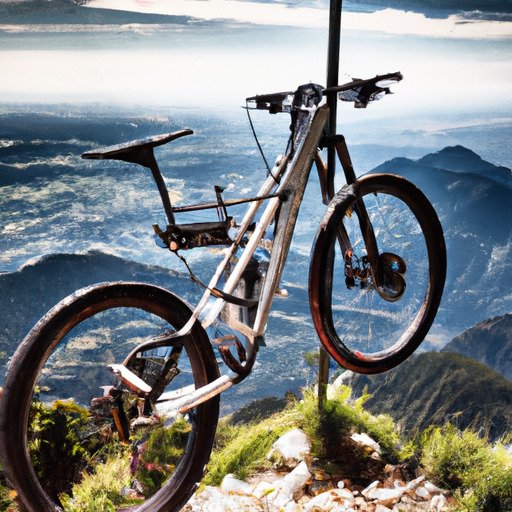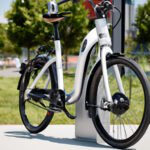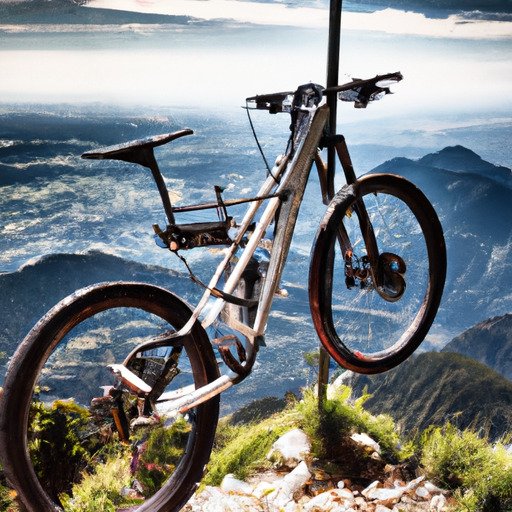
So you’re wondering if e-bikes can be used for long-distance touring. Well, you’re in the right place! In this article, we’ll dive into the world of e-bikes and explore whether they are a suitable option for those long, adventurous journeys you’ve been dreaming of. Whether you’re a seasoned cyclist looking for a new challenge or someone who simply wants to explore the world on two wheels, we’ll break down the pros and cons of using e-bikes for long-distance touring. So sit back, relax, and let’s find out if e-bikes are the answer to your long-distance touring dreams.
Curious to know more? In this article, we’ll discuss the range and battery life of e-bikes, the benefits of using an e-bike for long-distance touring, as well as some of the potential challenges you may face. We’ll also explore the different types of e-bikes available on the market and provide tips on how to choose the right one for your long-distance adventures. So if you’re ready to embark on a new cycling journey and want to know if e-bikes are the right choice for you, keep reading and let’s get started!
Introduction
Long-distance touring is a popular activity among adventure enthusiasts who enjoy exploring new places and challenging themselves physically. In recent years, there has been a growing interest in using e-bikes for long-distance touring. E-bikes, or electric bikes, are bicycles powered by an electric motor, which provides assistance to the rider. But are e-bikes suitable for long-distance touring? In this article, we will explore the advantages of e-bikes, the challenges of long-distance touring, and how e-bikes can be a game-changer for this type of adventure.
Understanding E-bikes
Definition of E-bikes
E-bikes are bicycles that are equipped with an electric motor. They come in various styles, ranging from mountain bikes to commuter bikes. The electric motor provides assistance to the rider, making it easier to pedal and travel at higher speeds. While e-bikes still require pedaling, the electric motor helps to reduce fatigue and allows riders to cover greater distances with less effort.
Components of E-bikes
E-bikes consist of several components that work together to provide a smooth and efficient riding experience. The most important component is the battery, which powers the electric motor. Modern e-bikes are equipped with lithium-ion batteries, which offer longer range and quick charging times. Other components include the electric motor itself, the controller that regulates the power output, and the display that shows important information such as speed, battery level, and distance traveled.
Advantages of E-bikes
E-bikes offer several advantages over traditional bicycles, making them a viable option for long-distance touring. One of the main advantages is the assistance provided by the electric motor. This assistance allows riders to cover longer distances with less effort, making it possible to explore new places and take on challenging terrain. E-bikes also offer the flexibility to switch between using the electric motor and pedaling, depending on the rider’s preference and the terrain. Additionally, e-bikes are a greener alternative to cars or motorcycles, as they produce zero emissions and have a lower carbon footprint.
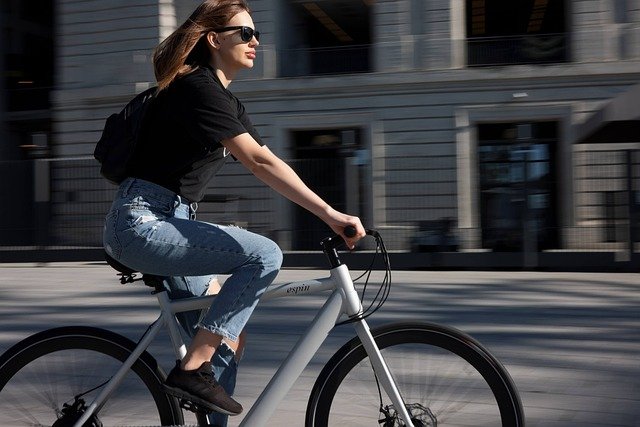
Long-distance Touring
Definition of Long-distance Touring
Long-distance touring involves traveling long distances on a bicycle, typically over multiple days or weeks. It is a physically demanding activity that requires endurance, preparation, and the right equipment. Long-distance touring allows riders to experience the thrill of exploring new places at their own pace, while immersing themselves in the beauty of nature and the local culture.
Traditional Challenges
Traditional long-distance touring comes with its own set of challenges. Covering long distances on a regular bicycle can be physically demanding, especially when tackling hilly terrain or riding against strong headwinds. Riders can experience fatigue and muscle soreness, which can affect their overall enjoyment and performance. Carrying heavy gear and supplies can also be a challenge, as it adds additional weight to the bicycle and increases the effort required to pedal.
E-bikes for Long-distance Touring
Improved Battery Life
One of the key advantages of e-bikes for long-distance touring is the improved battery life. Modern e-bike batteries have a longer range, allowing riders to cover greater distances without the fear of running out of power. With an e-bike, you can confidently plan longer routes and explore more remote areas, knowing that you have enough battery life to get you to your destination. The improved battery life also means that you can spend more time riding and less time waiting for your e-bike to charge.
Motor Power and Range
The motor power and range of an e-bike are important considerations for long-distance touring. Higher motor power means that the e-bike can provide more assistance, allowing riders to tackle hills and ride at higher speeds with ease. The range of an e-bike refers to the distance it can travel on a single charge. E-bikes with longer ranges are ideal for long-distance touring, as they allow riders to cover more ground without the need for frequent charging stops.
Comfort and Stability
E-bikes are designed with comfort and stability in mind. They often come with features such as suspension forks and wide tires, which provide a smooth and comfortable ride, even on rough or uneven terrain. The added stability of an e-bike can be particularly beneficial during long-distance touring, as it reduces the risk of accidents and improves overall ride quality. The ergonomic design of e-bikes also promotes better posture and reduces strain on the rider’s back and joints, allowing for a more enjoyable and pain-free experience.
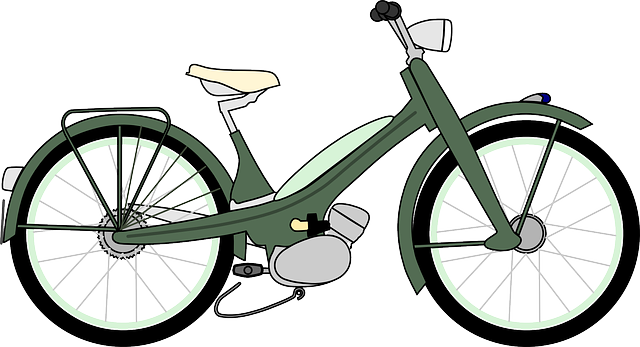
Training and Preparation
Physical Conditioning
Even though e-bikes provide assistance, it is still important to be physically prepared for long-distance touring. Regular exercise, including activities such as cycling and strength training, can help improve cardiovascular endurance and build the necessary muscle strength. By maintaining a consistent exercise routine, you can ensure that your body is ready for the physical demands of long-distance touring, while also minimizing the risk of fatigue and injuries.
Familiarity with E-bike
Before embarking on a long-distance tour with your e-bike, it is essential to familiarize yourself with its features and operation. Take the time to read the user manual and understand how to adjust the settings, change the power mode, and monitor the battery level. Practice riding your e-bike in various terrains and weather conditions, to gain confidence and become familiar with its handling characteristics. This will ensure that you are fully comfortable and capable of operating your e-bike during your long-distance tour.
Planning Routes
Determining Distance
When planning a long-distance tour with an e-bike, it is important to consider the distance you are comfortable covering in a day. While e-bikes can assist with pedaling, it is still necessary to pace yourself and avoid overexertion. Start with shorter distances and gradually increase the distance as you build endurance. Take into account factors such as terrain, weather conditions, and available charging points, to ensure that your planned route is realistic and achievable.
Charging Points
One of the considerations when planning routes for long-distance touring with an e-bike is the availability of charging points. Along your route, identify locations where you can stop to charge your e-bike’s battery. Many cities and towns have charging stations specifically for e-bikes, and some accommodation providers may offer charging facilities for their guests. It is important to plan your route around these charging points to ensure that you have enough battery power to complete your journey.
Scenic Routes
One of the joys of long-distance touring is the opportunity to ride through stunning landscapes and scenic routes. Take the time to research and plan your route, incorporating scenic roads, bike paths, and areas of natural beauty. E-bikes allow you to explore further afield, so don’t be afraid to venture off the beaten path and discover hidden gems along the way. Planning a scenic route will not only enhance your overall experience but also provide ample photo opportunities and memories to cherish.
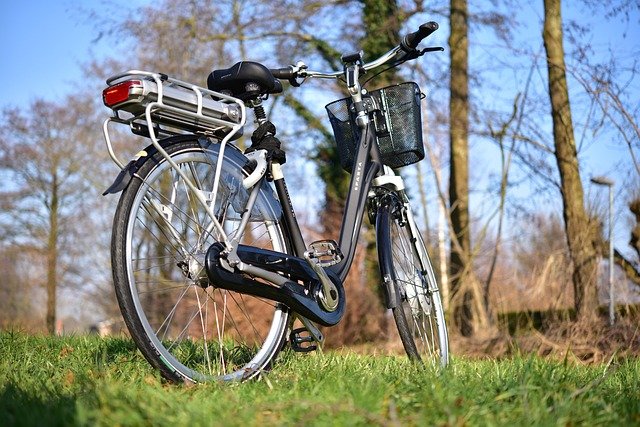
Gear and Equipment
Choosing the Right E-bike
Selecting the right e-bike is crucial for long-distance touring. Consider factors such as the type of terrain you will be riding on, the weight capacity of the e-bike, and the features that are important to you, such as suspension, gearing, and battery range. Test ride different e-bike models to find the one that suits your riding style and preferences. Investing in a high-quality e-bike that is specifically designed for long-distance touring will ensure your comfort, safety, and enjoyment throughout your journey.
Storage
Long-distance touring often requires carrying gear and supplies for extended periods. Choose an e-bike that comes with ample storage options, such as racks, panniers, and handlebar bags. These storage options will allow you to carry essential items such as clothing, food, water, camping gear, and tools. Distribute the weight evenly to maintain stability and reduce the strain on your e-bike. Consider investing in lightweight, compact camping gear to minimize the overall weight of your load.
Clothing and Accessories
When embarking on a long-distance tour with your e-bike, it is important to dress appropriately and have the right accessories. Wear comfortable and breathable clothing that is suitable for the weather conditions you expect to encounter. Invest in a good pair of cycling shoes that provide support and comfort for prolonged periods of riding. Other accessories to consider include helmets, gloves, sunglasses, and a waterproof jacket. These items will enhance your safety, protect you from the elements, and make your journey more comfortable.
Safety Measures
Obeying Traffic Rules
When riding an e-bike for long-distance touring, it is important to obey traffic rules and regulations. Treat your e-bike as you would a regular bicycle, follow traffic signs, and use hand signals to indicate your intentions. Ride in designated bike lanes whenever possible, and be mindful of other road users, such as pedestrians and vehicles. When riding at night, ensure that your e-bike is equipped with proper lighting, including headlights and taillights, to enhance visibility and ensure your safety.
Visibility and Lighting
Visibility is crucial when riding an e-bike for long-distance touring. Wear brightly colored clothing to increase your visibility to other road users. Consider using reflective accessories or clothing, especially when riding at dusk or dawn, or in low-light conditions. In addition to your clothing, ensure that your e-bike is equipped with proper lighting, including front and rear lights, and reflectors. These lights will not only enhance your visibility but also ensure that you are compliant with local regulations.
Emergency Preparedness
When embarking on a long-distance tour with your e-bike, it is important to be prepared for emergencies. Carry a basic toolkit with essential tools and spare parts, such as a tire repair kit, pump, and extra inner tubes. Familiarize yourself with how to fix common issues that may arise during your journey, such as a flat tire or a loose chain. Carry a fully charged phone with emergency contact numbers saved, and consider using a GPS device or a smartphone app for navigation. Being prepared will give you peace of mind and ensure that you can address any unforeseen circumstances efficiently.
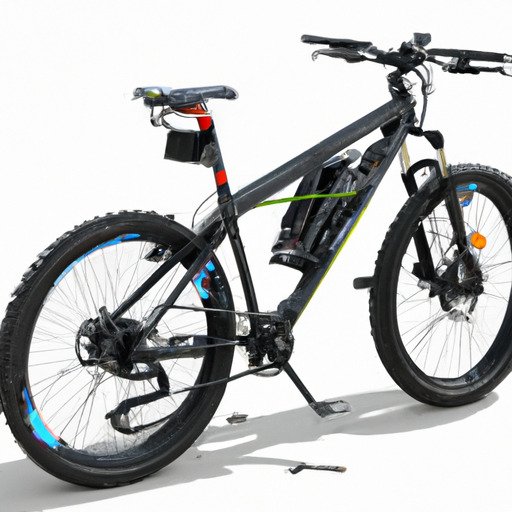
Benefits of E-bikes for Long-distance Touring
Eco-friendly Travel Option
E-bikes offer an eco-friendly alternative to traditional forms of transportation for long-distance touring. By choosing to ride an e-bike instead of driving a car or motorcycle, you are reducing your carbon footprint and contributing to a cleaner environment. E-bikes produce zero emissions and are much more energy-efficient compared to motor vehicles. By incorporating e-bikes into your long-distance touring adventures, you can enjoy the beauty of nature while minimizing your impact on the planet.
Accessible to All Fitness Levels
One of the main advantages of e-bikes for long-distance touring is that they make this activity accessible to people of all fitness levels. E-bikes provide assistance to riders, allowing them to cover greater distances and tackle challenging terrain without the same level of physical exertion required on a regular bicycle. This means that even if you are not an experienced cyclist or do not have a high level of fitness, you can still enjoy the thrill of long-distance touring with the help of an e-bike.
Enjoyable and Convenient Experience
E-bikes make long-distance touring a more enjoyable and convenient experience. The assistance provided by the electric motor allows riders to focus more on the scenery and the journey itself, rather than worrying about physical exertion. With the ability to cover longer distances, explore remote areas, and take on challenging terrain with ease, e-bikes open up a whole new world of possibilities for adventure. Additionally, e-bikes offer the convenience of faster travel speeds and reduced fatigue, allowing riders to maximize their time on the road and make the most of their long-distance tour.
Conclusion
Can e-bikes be used for long-distance touring? The answer is a resounding yes. E-bikes offer several advantages, including improved battery life, motor power, and range, as well as enhanced comfort and stability. With the right training, preparation, and planning, e-bikes can be a game-changer for long-distance touring. They provide an eco-friendly travel option, are accessible to all fitness levels, and offer an enjoyable and convenient experience. So, if you are considering embarking on a long-distance tour, why not take advantage of the benefits offered by e-bikes and discover the world in a whole new way?
